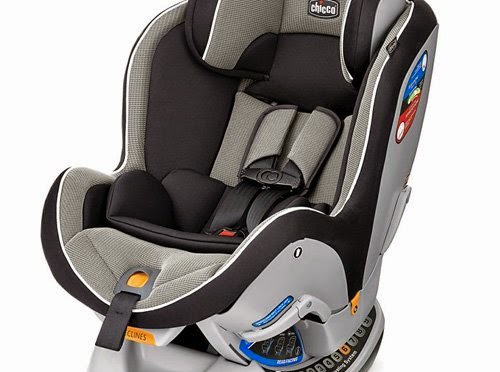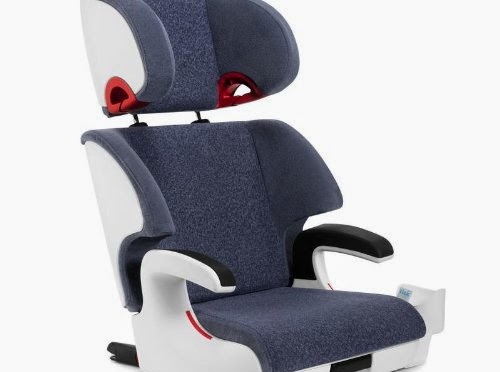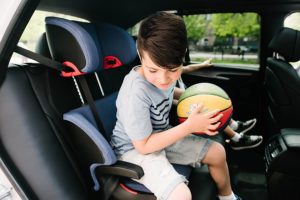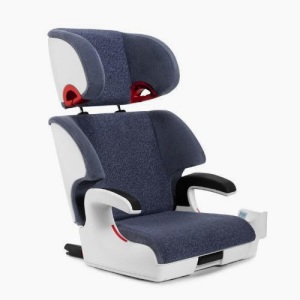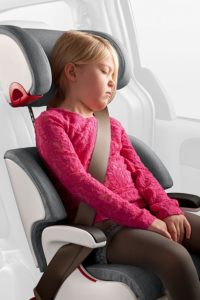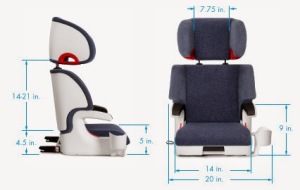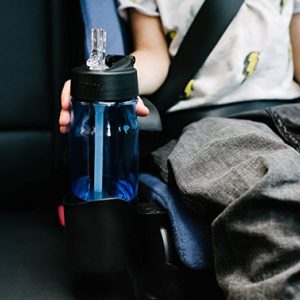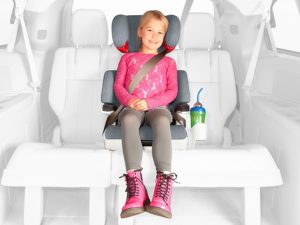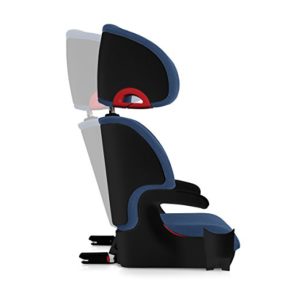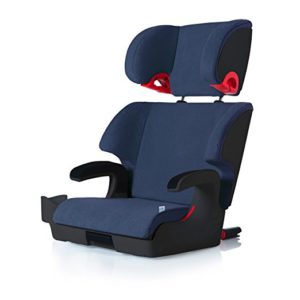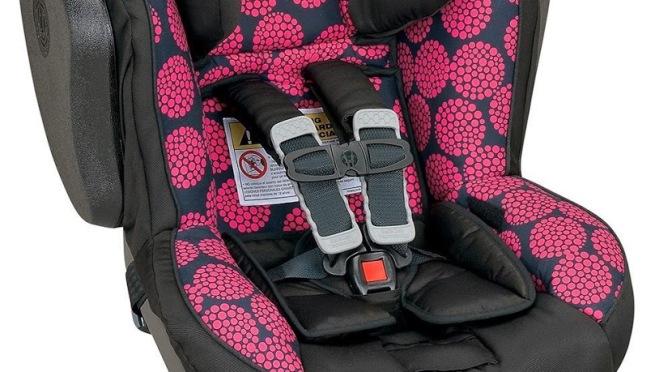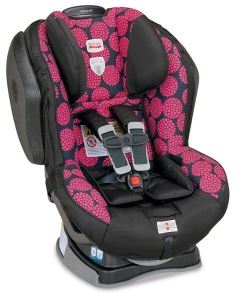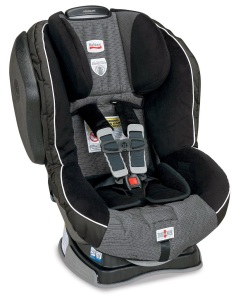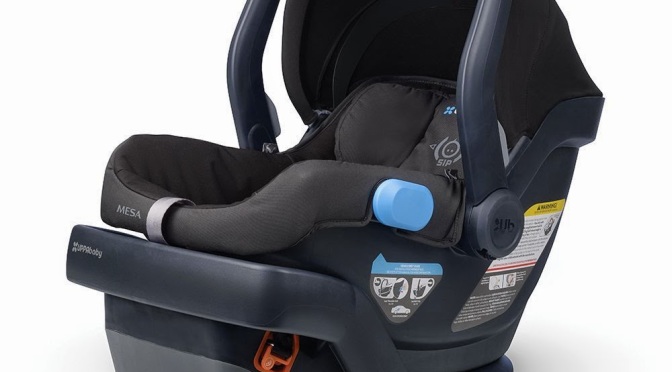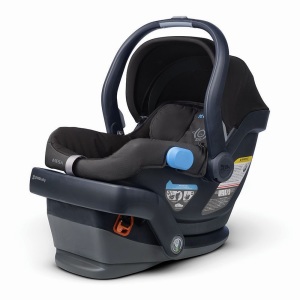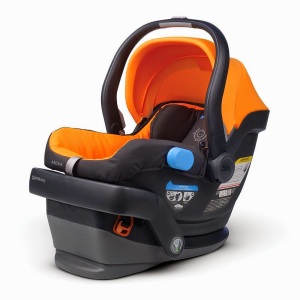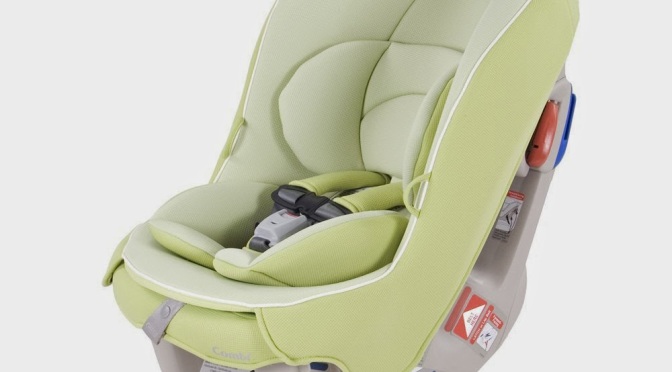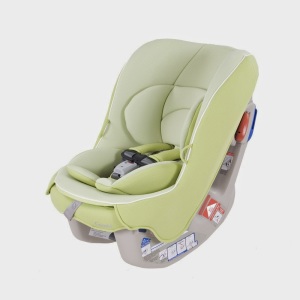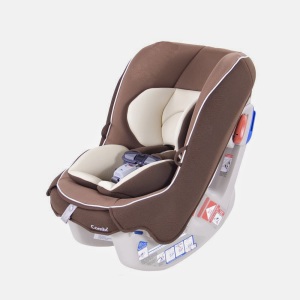2018 update: The Chicco NextFit (now renamed the NextFit iX Zip) has been out for several years now, and it continues to be an excellent choice for a convertible car seat for extended rear-facing and easy installations. There are seats that allow rear-facing to 45 and 50 pounds on the market, but most children will be able to make it to 4 in the NextFit Zip. Today we’ll take a closer look at its pros and cons to see if it’s still one of the best choices for an easy-to-install car seat that’ll rear-face most kids at least until 4.
Chicco NextFit Zip – What’s the big deal?
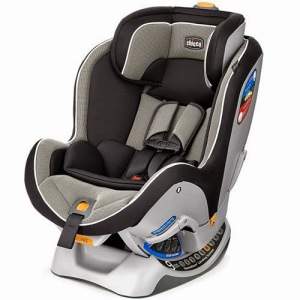 The Chicco Nextfit iX Zip is Chicco’s long-awaited entry into the convertible car seat field. In terms of functionality, this is one of the most impressive seats on the market from the makers of what might currently be the best rated infant car seat in the country, the Keyfit 30. It’s a convertible car seat, which means it can be used in two configurations, including as a rear-facing infant seat, and as a forward-facing seat. It’s one of the newest seats from Chicco, and aims to bring cohesion to their car seat line while enabling parents to rear-face their children longer. Is it worth it? Read on to find out!
The Chicco Nextfit iX Zip is Chicco’s long-awaited entry into the convertible car seat field. In terms of functionality, this is one of the most impressive seats on the market from the makers of what might currently be the best rated infant car seat in the country, the Keyfit 30. It’s a convertible car seat, which means it can be used in two configurations, including as a rear-facing infant seat, and as a forward-facing seat. It’s one of the newest seats from Chicco, and aims to bring cohesion to their car seat line while enabling parents to rear-face their children longer. Is it worth it? Read on to find out!Buy the Chicco NextFit Zip on Sale with Free Shipping at Amazon here.
Chicco NextFit Zip Limits for Weight and Height
Rear-facing: 5-40 pounds. Your child’s head should not reach past 1″ below the top of the headrest when it is raised to its highest setting. There is no given height limit for the child besides the 1″ rule. The lowest harness setting is 5.5″ if you use the provided newborn insert. I measure the shell height as around 26″ when the head rest is extended as far up as it will go. There are seats that extend higher, such as the Graco Size4Me and its clones, but 26″ is still quite good, and is even higher than the limit in the Dionos.
Forward-facing: 22-65 pounds, and under 50″ in height. Shoulder height can reach up to 17.5″, and the tips of your child’s ears need to be below the top end of the shell. Your child should be at least 1, and it’s recommended that s/he is at least 2. Of course, research into car safety indicates children should remain rear-facing for as long as possible (the average is 4 years in Sweden, which posts the lowest child fatality rate on Earth), and after rear-facing, the child should remain forward-facing as long as possible.
Dimensions of the Chicco NextFit Zip
The seat is 14.5″ wide at the base and weighs 25 pounds. It’s not the lightest seat on the market by a long shot, but it’s not bad for a convertible. The total width is roughly 19″, putting it on the wider end of modern convertibles, but it still works for 3 across setups as long as you don’t have a very narrow vehicle or other wide seats. You can check out all kinds of 3 across setups for a variety of vehicles here.
Using the Chicco NextFit Zip
Something I like about the Chicco Nextfit Zip is that it’s dead easy to install in a range of vehicles, whether large or small, rear- or forward-facing, and with seat belts and LATCH systems. When using a LATCH install, your child has to weigh between 5 and 40 pounds; if your child weighs between 40 and 65 pounds, you will need to use a seat belt install and also have a top tether strap set up. I prefer using the seat belt installation in pretty much every seat I install, as it means I don’t have to think about weight ranges, which is always an issue with LATCH systems, and it also means that it’s much easier for me to fit multiple car seats next to each other in smaller vehicles (e.g., trying to 3 across in a Honda Civic).
Chicco requires you to use a tether whenever you have a forward-facing installation if there is an available tether anchor. This, by the way, is best practices whenever you’re forward-facing with any car seat. If you don’t have top tethers available, though, then you aren’t considered to be misusing it. However, you should not use the tether when you are rear-facing the seat.
A seat belt install is rather straightforward; the lock-offs present are well designed. The seat doesn’t take up a lot of room when rear-facing, particularly if you aren’t using it for a newborn, where you would need the maximum recline angle to be set up.
Something I really like about the Nextfit is that it’s a convertible that works well with regular and even slightly smaller newborns. The infant insert does not have to be used for babies between 5 and 11 pounds in weight, but it is recommended that you do. However, if your baby fits fine without using the insert, then you don’t need it.
Buy the Chicco NextFit on Sale with Free Shipping at Amazon here.
Why Buy the Chicco NextFit Zip?
This is the meat and potatoes of this car seat. The Chicco Nextfit Zip is one of several seats in the United States that allow you to rear-face a child for up to 40 pounds. This isn’t as good as it gets anymore, but it’s still decent. Every pound is precious, as the longer you rear-face, the safer your child is. In the US, parents tend to turn their children around into the line of fire at 1. In Sweden, this typically isn’t done until 4. Children in Sweden are far less likely to die in car crashes than children in the US. It makes that much of a difference. This alone is reason enough to buy the Nextfit Zip.
Other things I like about the Nextfit include the headwings that include EPS foam to increase levels of protection in side impact collisions. I’m also definitely a fan of the tall top harness height, as this will be helpful in keeping a number of children forward-facing for longer before they are transitioned into a booster (which I believe should be held off ideally until at least 5). The Nextfit also has an adjustable harness system that doesn’t require rethreading, which saves a lot of time when your child suddenly grows.
In terms of installation and use, I also like that there are 9 recline positions, as this makes it easy to find the right recline angle in just about any vehicle without needing to resort to things like pool noodles and towels. Similarly, I like how the seat is relatively compact when it’s rear-facing, as this helps it fit into smaller cars or in regular cars with taller parents who tend to push the front seats all the way back. This is also the single easiest convertible on the market to install, in my opinion, which makes it a pleasure to use in most vehicles.
The biggest strike against the NextFit Zip is the fact that there are seats that allow you to RF significantly longer by weight. It’s also a rather heavy and bulky seat, and the harness straps that are included cannot be removed or replaced. You also have to switch to using a seat belt installation if your child weighs more than 40 pounds, which might be a bother to parents who prefer the LATCH system.
However, if the ability to fit smaller newborns, practice ERF, and enjoy ease of installation are important to you, the NextFit Zip will give you what you’re looking for. Finally, I do like that the seat has an 8 year lifespan and is FAA approved for aircraft use.
I recommend the Chicco NextFit Zip. You can buy the Chicco NextFit iX Zip in a range of colors here.
 If you find my information on best practices in car and car seat safety helpful, you can do your shopping through this Amazon link. Canadians can shop here for Canadian purchases. Have a question or want to discuss best practices? Send me an email at carcrashdetective [at] gmail [dot] com.
If you find my information on best practices in car and car seat safety helpful, you can do your shopping through this Amazon link. Canadians can shop here for Canadian purchases. Have a question or want to discuss best practices? Send me an email at carcrashdetective [at] gmail [dot] com.

